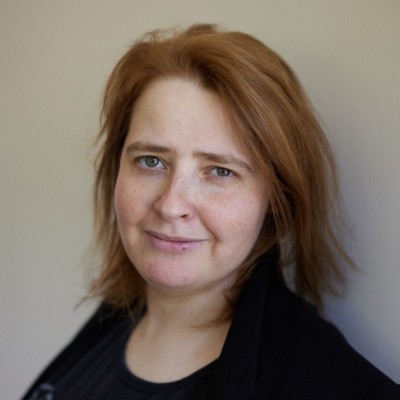About •
Hi! I’m 'frota’ and currently, I’m an Insights & Trade Strategist at G2A.com, where I’m involved in tech, market, entertainment, web3 & gaming-oriented strategic research. Additionally, I’ve done video game market analytics (casual and niche gaming) with a focus on digital assets (e.g. NFTs, digital fashion, blockchain gaming). Previous positions include Game Analyst at Outlier Ventures and positions connected with data analytics translation and digital marketing.
Web 3, Digital Assets (NFTs, in-game items etc.), internet communities (from meme creators to DAOs), and the future of gaming are the main focus of my current research. Apart from that, I’m constantly studying Composable Culture, a term I use to describe the mixture that is the future of entertainment, gaming, and digital culture mixed with concepts such as AI, Web3, and Creator Economy. Additionally, I advise startups, give lectures and appear in the media. Linkedin can give you a good gist of what my professional capabilities are.
I’m also the co-host of „Wycinki z przyszłości” , a podcast about trends & tech, the author of the first Polish newsletter on Web3 culture, called „Digital Data Glitch” and lead writer on NetspherePop, a collection of thoughts on Composable Culture.
I’m currently based in the beautiful city of Rotterdam, the Netherlands, with occasional visits to my hometown of Gdynia, Poland. Online, my main places to hang out are Linkedin, Instagram and Farcaster.
Together with Artur Kurasiński, we ran one season of „Metagame”, a podcast focused on NFT, metaverse, crypto, Web3, creators economy, play-to-earn, DAO, blockchain gaming, and Digital Assets. I also collect skull-themed NFT art.
In the past, I managed various growth projects, conducted research, supported my colleagues in Business Development, and represented the company during client and press meetings. Apart from tech and event industry, I worked in retail, maritime, real estate, entertainment, and in various media outlets (from local to nationwide). To sum up: I’m a former photojournalist, hooked by the world of tech and living between the Netherlands’ finest, and Poland’s Twin Peaks.
A pop-culture addict, a music freak, video games fanatic (80/90/00s mostly), and a huge fan of photography, graphic novels, and illustration. And an avid book devourer – reportage, business, data, philosophy, essays and non-fiction. When I type „g” in my browser, Goodreads pops up faster than Google.
Additionally, you can find me on Spotify, Bandcamp, Backloggd, Goodreads and Last.fm. And emailing me is even easier.


